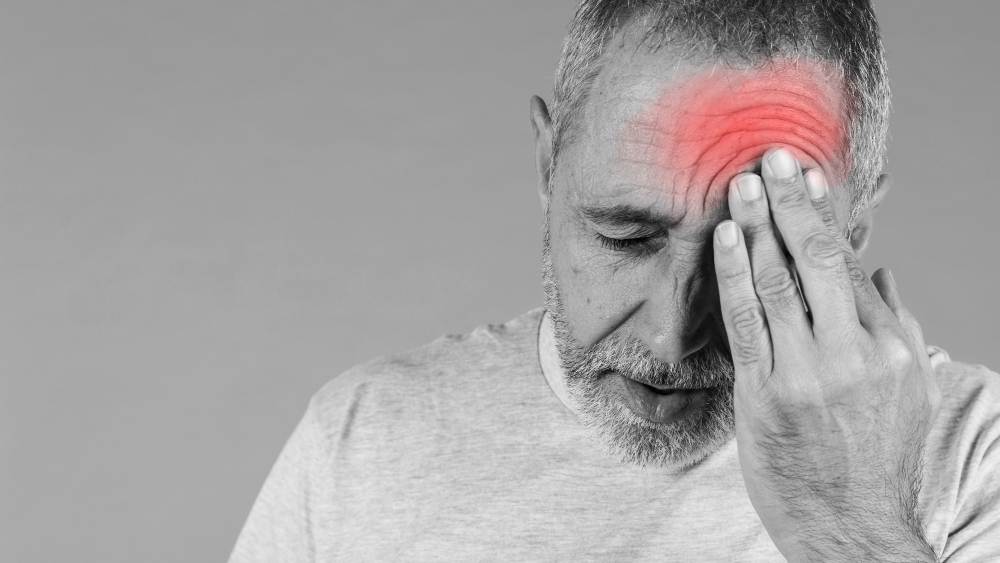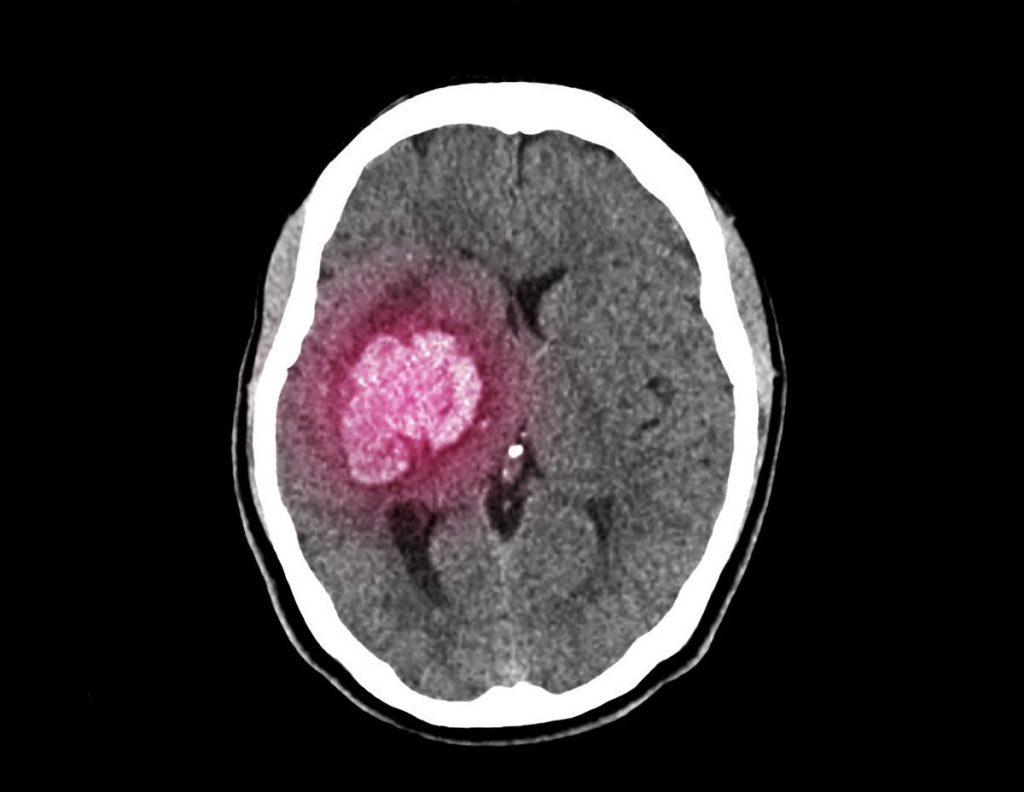What is a craniectomy?
A craniectomy is a significant brain surgery that involves the removal of a section of the skull to gain access to the brain. During this procedure, the surgeon does not reattach the portion of the skull that has been removed. Instead, a subsequent surgery known as cranioplasty is performed at a later time to replace the missing piece of the skull.

Your healthcare team may suggest a craniectomy as a way to alleviate swelling, pressure, or excess fluid on your brain. The pressure caused by swelling or fluid can be extremely dangerous and potentially lead to brain damage due to the limited space between your brain and skull. Any amount of pressure can potentially impact the functioning of your brain.
The term craniectomy may be referred to as a decompression craniectomy by your surgeon.
What Is the Purpose of a Craniectomy?
A craniectomy is a urgent operation performed to alleviate pressure in the skull caused by a sudden severe brain injury or a stroke with bleeding. In cases where the brain swells or there is internal bleeding, pressure can accumulate as there is no space for it to escape. A craniectomy aims to prevent the brain from being squeezed, which could lead to a potentially deadly outcome.
Purpose
A craniectomy is a surgical procedure that aims to reduce pressure, hypertension, or excessive bleeding within the skull. If these conditions are not addressed, they can result in the compression of the brain, potentially leading to fatality or permanent damage.
ICP, ICHT, and brain hemorrhage may occur due to:
- A potentially life-altering injury to the brain, typically caused by a forceful impact to the head from an external object.
- stroke
- blood clot in brain arteries
- When there is a restriction in the flow of blood to your brain, it can result in the formation of blockages in the arteries. This blockage can have serious consequences, such as the death of brain tissue, also known as cerebral infarction.
- accumulation of blood within your skull (hemorrhage within the brain)
- accumulation of liquid in the brain (cerebral edema)

How should I prepare for a craniectomy?
A craniectomy is typically performed as an urgent surgical procedure. It is probable that you won’t have the opportunity to make any prior preparations for this surgery.
Before your surgery, your surgeon and care team will require the following items.
- A physical exam.
- Blood tests.
- Diagnostic imaging procedures such as X-rays, magnetic resonance imaging (MRI), computed tomography (CT) scans, positron emission tomography (PET) scans, and angiography are utilized to obtain visual representations of the internal structures or functions of the body.
If your surgery is not an urgent case, your surgeon will inform you about the need to discontinue certain medications, particularly blood thinners, prior to the procedure. Your surgeon may also suggest the use of antibiotics or anticonvulsants. It is advised not to consume any food before your surgery.
How is this surgery done?
A craniectomy is frequently performed as an urgent operation to rapidly open the skull in order to avoid any issues caused by swelling, particularly after a severe head injury or stroke.
Prior to conducting a craniectomy, medical professionals will administer a range of tests to ascertain the presence of pressure or bleeding in the head. Additionally, these tests will enable the surgeon to identify the optimal placement for the craniectomy.
To do a craniectomy, your surgeon:
They create a small incision on your scalp where they will remove a portion of your skull. Typically, the incision is made close to the area of your head that is most swollen.
It eliminates any skin or tissue that is situated above the region where the skull will be extracted.
Utilizes a medical-grade drill to create tiny openings in your skull, known as a craniotomy.
A small saw is employed to slice through the openings until a complete section of the skull can be subsequently extracted.
Keep the fragment of skull preserved either in a freezer or in a small pouch on your person, allowing for its reinstatement into your skull once you have fully recuperated.
Carries out all essential measures to address the inflammation or hemorrhaging occurring in your skull.
When the swelling or bleeding is under control, the doctor will sew up the cut on your scalp.

What happens after a craniectomy?
Following a craniectomy, you will be transferred to an intensive care unit. Your medical team will closely observe your vital signs and any bleeding or swelling in your brain. Since the section of your skull that was removed during surgery will not be reinserted, it will be necessary for you to wear a helmet for brain protection.
The surgeon will keep the part of your skull that was removed in order to use it again during a later surgery known as a cranioplasty. Alternatively, the surgeon may opt to replace the section of your skull with a metal plate or an artificial material.
After having a craniectomy, it is important to get enough rest. Instead of lying flat, try to keep your head upright while resting. The hospital staff will provide you with instructions and support during your stay and help prepare you for discharge when you are ready. You will also need to schedule follow-up appointments after the surgery to ensure that your healing is progressing as anticipated.
Craniectomy Recovery Time
The healing process for a craniectomy typically lasts for a few weeks. In order to promote healing and protection, you may be required to wear a specialized helmet. Pain medications will be provided, and a healthcare professional will attend to your surgical wound to prevent any infections.
In due time, you will have another surgery to replace the bone flap that was taken out.
Nonetheless, as a craniectomy is performed in urgent cases where the brain experiences significant swelling, there is no standard duration for hospitalization or recovery. Even after the surgical wound has healed, it may take several months or even years of rehabilitation, depending on the extent of brain damage.
Treatment in Türkiye:
The medical staff of surgical teams, doctors and consultants in Rehab Türk can provide the best treatment options and free consultations – by striving to keep abreast of the latest medical technologies and methods.

